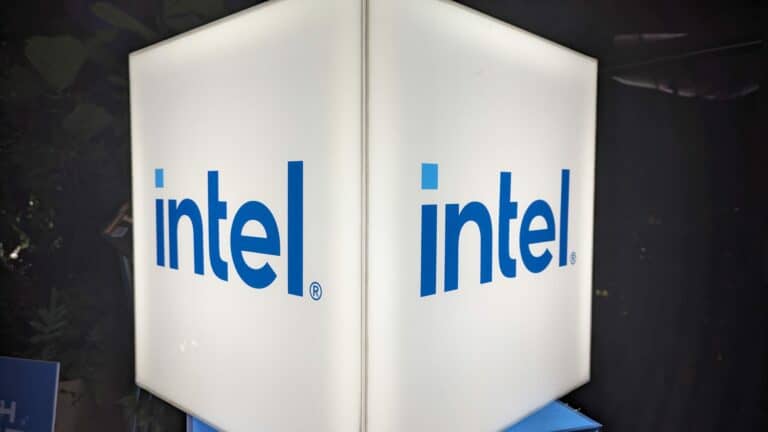Intel’s new CEO, Lip-Bu Tan, is simplifying the company’s structure. According to an internal memo seen by Reuters, key chip groups will now report directly to him. The reorganization is Tan’s first major step to get Intel back on track after years of problems.
As part of the reorganization, Sachin Katti has been promoted to CTO and AI director. The leadership changes are Tan’s first major move since taking over the top job last month to get “Chipzilla” back on track after some tough years.
Engineering-focused company
Intel’s data center, AI chip, and PC chip divisions now report directly to Tan. Previously, these groups were overseen by Michelle Johnston Holthaus, who remains CEO of Intel Products and whose responsibilities will be expanded. These divisions have much catching up to do: AMD is gaining ground in server chips and has a performance lead in PC processors. Never before has the gap between the two been as wide as it is now, at least not in AMD’s favor.
“I want to roll up my sleeves with the engineering and product teams so I can learn what’s needed to strengthen our solutions,” Tan wrote in his memo. “As Michelle and I drive this work, we plan to evolve and expand her role with more details to come in the future.”
Tan’s reorganization, which promises a leaner version of the historic American chipmaker, follows a long period of turmoil at Santa Clara-based Intel. His predecessor, Pat Gelsinger, left last year after disagreements with the board of directors over how to get the company back on track after years of manufacturing and product problems. Gelsinger had ambitions to make Intel the leader in chip manufacturing again, but that project is far from complete and will take many more years if it pulls through at all.
Competition from Nvidia
A major challenge for Intel is the rise of Nvidia, which has become by far the dominant supplier of AI chips. This is mainly because virtually every GPU in a data center has been from Nvidia for years, but in the last year or two, they have proven to be ideal workhorses for GenAI. Despite acquiring several AI chip startups, Intel has failed to develop a coherent strategy to challenge Nvidia. As CTech alleges, Intel “ruined” the once-promising Habana Labs, the AI chip design house behind the Gaudi line of GPUs. In January, Intel also shelved its most recent attempt, a chip called Falcon Shores. The development of the new AI strategy will now be in Katti’s hands.
Tan’s email states that Katti is expanding his responsibilities to include the role of chief technology and AI officer for the company. As part of this, he will lead the overall AI strategy and AI product roadmap, in addition to Intel Labs and relationships with the startup and developer ecosystem. This is a substantial set of tasks, which once again demonstrates the complexity of Intel as a company.
Katti, who is also a professor at Stanford University, succeeds Greg Lavender, who is retiring from Intel, according to the memo.
Intel is also looking for a new head of government affairs, who will also report directly to Tan, “given the critical importance of Government Affairs in a complex global environment,” the CEO wrote. The turbulence in global markets triggered by President Trump is a good indication that such efforts could be particularly useful. His predecessor, Bruce Andrews, who had worked in the Department of Commerce under former President Obama, left Intel after the US elections in November.
In recent years, Intel’s executive team has included many business unit managers, with technical leaders often sitting several layers below the CEO. We have frequently heard that Intel has a substantial middle management layer, whereas the org charts for Nvidia and AMD make for far simpler reading. Tan’s memo stated that three long-serving technical executives—Rob Bruckner, Mike Hurley, and Lisa Pearce—will now report to Tan.
“This supports our emphasis on becoming an engineering-focused company and will give me visibility into what’s needed to compete and win,” Tan wrote. None of this should come as a surprise. The memo follows Tan’s public statements that he intended to cut management layers at the company so that the leadership team would work more closely with engineers.
Also read: Who is Lip-Bu Tan, the new Intel CEO?
